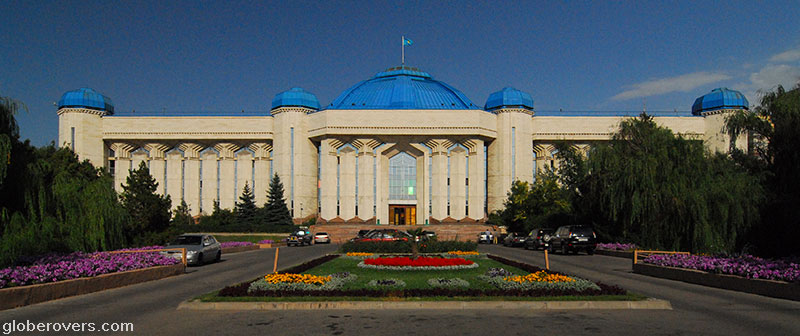
Kazakhstan is big. Very big! In fact, it is the world’s largest landlocked country by land area and the ninth largest country in the world. It is even larger than all of Western Europe.
A country this big should be approached one step at a time. Let’s start off with Kazakhstan’s former capital, and largest city, Almaty. We then move on for some hiking in the Zailiyskiy Alatau Mountains.
Why travel to Almaty and the Zailiyskiy Alatau?
- The low-down: Almaty is an interesting city packed with attractions such as churches and cathedrals, mosques, parks, and museums. The city has no shortage of great food and fruits. The nearby Shymbulak Ski Resort area in the upper part of the Medeu Valley in the Zaiilisky Alatau mountain range offers great hiking in summer and skiing in winter.
- The brightest highlight: The Zaiilisky Alatau mountains outside Almaty is rugged and stunning, and Shymbulak in the Medeu Valley offers great skiing in winter. Winding mountain passes lead to Alpine meadows and soaring peaks with panoramic views over glaciers. One of the most beautiful parts of Central Asia.
- Intrepid destination: While Almaty is not a touristy city, the great outdoors are mostly void of tourists except for the villages such as Shymbulak in the Medeu Valley that is popular in summer, and even more so in the winter skiing season.
- Globerovers score (10 is highest): Almaty and Zailiyskiy Alatau is certainly worth a visit. It gets a GlobeRovers shore of 7.8 out of 10.
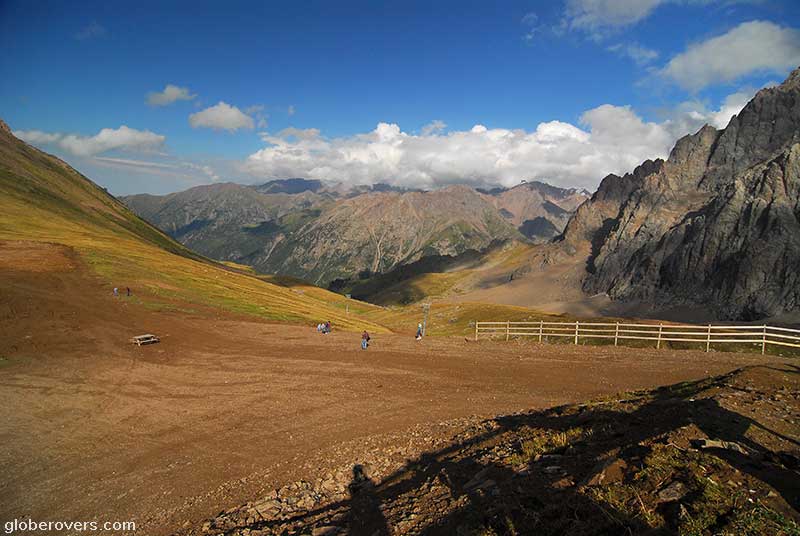
Table of Contents
Almaty – Kazakhstan’s Previous Capital
Before the nation’s capital was moved in 1997 from Almaty in the south to Astana in the north, this is where the nation’s political power was concentrated. Nowadays Almaty is the commercial and cultural capital of Kazakhstan and is also the city with by far the largest population (1.5 million which is almost double that of Astana).
Almaty’s population is about 64% Kazakh and 23% Russian, while minority groups include the Uzbeks, Ukrainians, Uyghur, Tatars and Germans.
Almaty is Kazakhstan’s former capital and the largest city by population
In early days the city was known as Zailiyskoye and later as Verniy (meaning “loyal” in Russian) since the foundation of the “modern city” in 1855 until 1921. When Soviet rule was established in 1918, the region became part of the Turkestan Autonomous Soviet Socialist Republic and not long after (1921) the name was changed back to one of the ancient names of the area – Alma-Ata which in Kazakh means “Father of Apples.” Quite a fitting name for this city as the area is well known as a possible ancestral home of the apple.
Two years after the fall of the USSR, Alma Ata was renamed “Almaty”. The apple remained in the name! In Kazahk, Alma means apple and with the suffix “ty” it means Apple City.
Almaty is filled with historical buildings, authentic bazaars and interesting museums as well as opera and ballet theatres.
Almaty has several interesting attractions such as the Presidential Palace, National Museum, the 28 Panfilov Heroes Memorial Park, Republic Square, and a tree-lined pedestrian street referred to as “Arbat.”
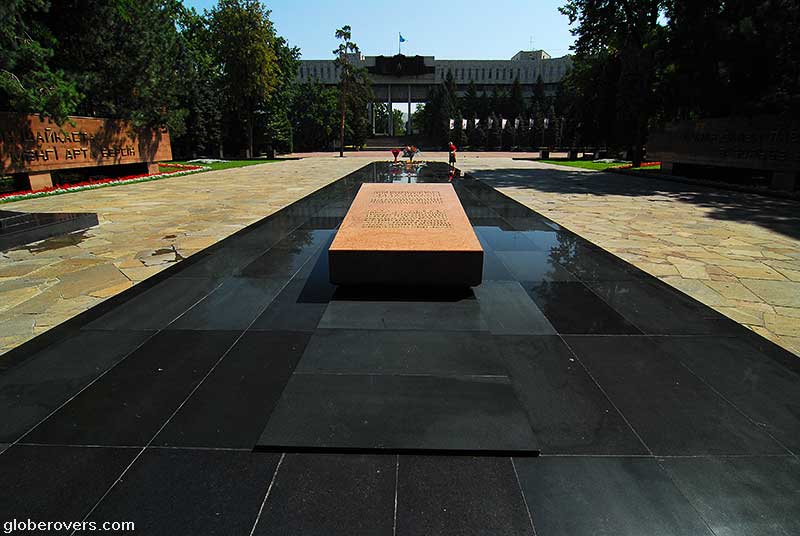
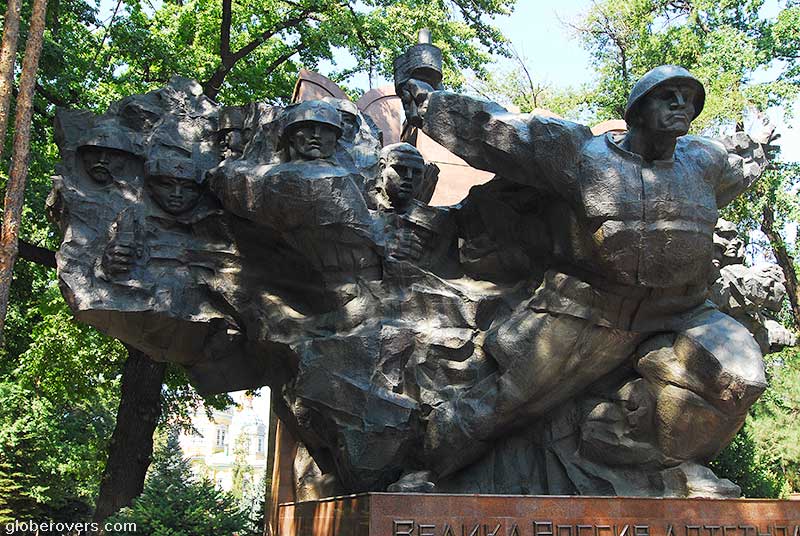
There are several impressive religious buildings, including the Zenkov Cathedral (Ascension Cathedral) inside Panfilov Park, St. Nicholas Cathedral, and the Central Mosque.
Construction of the impressive Zenkov Cathedral was completed in 1907 and at a height of 54 m (177 ft) it is one of the tallest wooden buildings in the world and one of the few buildings in Almaty that survived the earthquake of 1911.
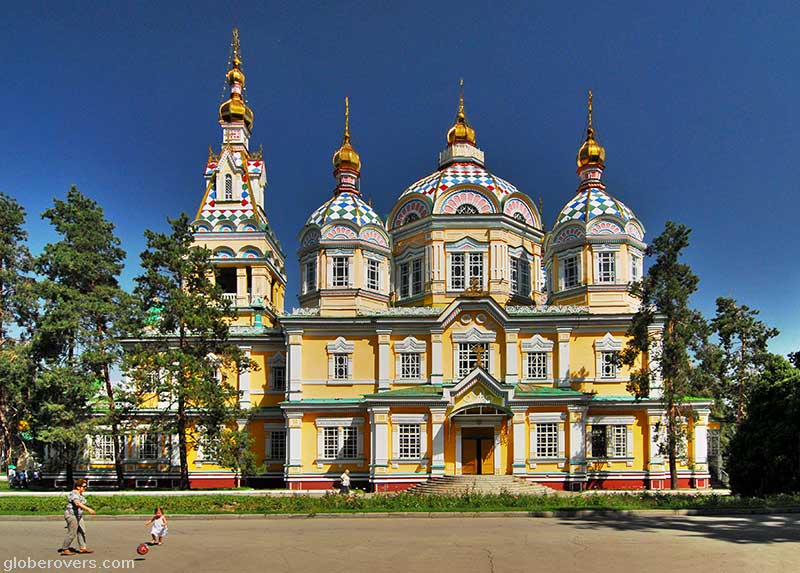

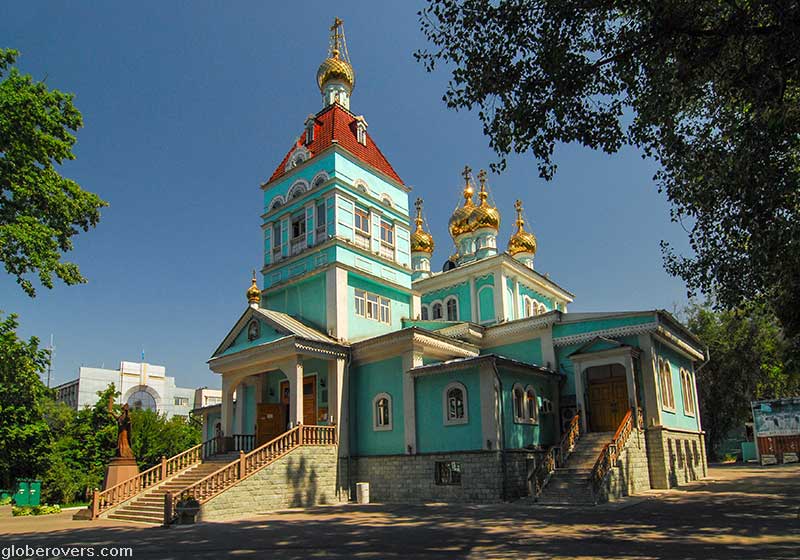
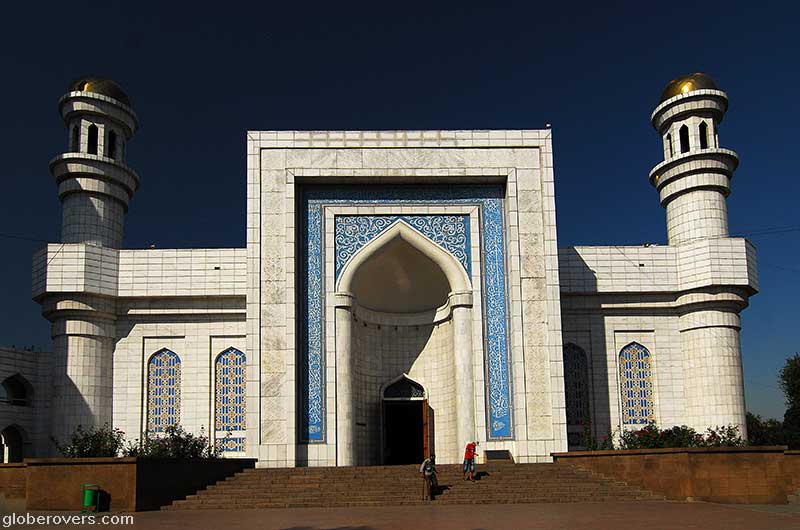
The bustling “Green Market” is packed with fresh fruits, all kinds of meats, nuts, clothing and household items.
For stunning views of the city, particularly at night, take the bus or cable car to the top of Kok-Tobe (Green Hill). At 1,100m (3,600 ft) above sea level the views are breathtaking.
If you are into classic performances, opera or ballet, Almaty is the right place to be. Check out the local listings at the Kazakh State Academic Opera and Ballet House, referred to as the Abay Opera House.

An interesting excursion into the true Kazakh culture is the traditional Arasan Baths. While ancient in tradition, these bathing facilities were completed in 1982 and are modern and quite elaborate.
Public baths are a common feature across Central Asian cities where it serves as the meeting point with a communal atmosphere. Known as Central Asia’s most elaborate bathing spot, the Arasan Baths beautifully blends in late-Soviet architectural detail with more traditional features.
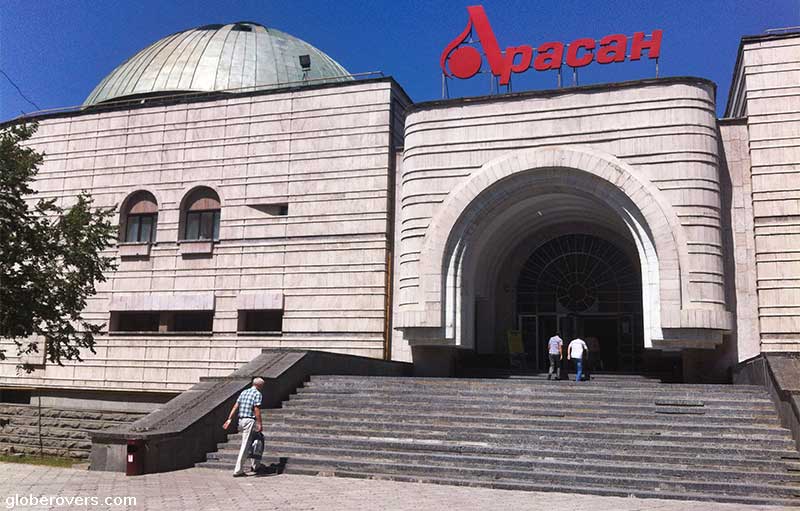
Fine marble is in abundance and the facilities are top class. Don’t forget the finest ritual inside the very hot banya (dry sauna). Come here for the cleansing and manipulation of naked flesh with the infamous vyeniki (bunches of birch and oak leaves fashioned into flat discs with branches for handles), which lay softening in warm water in preparation for the beating of the naked body.
Bring along a friend to beat you with the vyeniki, or alternatively make a new friend on the spot. It is not exactly appropriate to beat yourself. For a more traditional bathing experience in a truly historic building, visit the Zhirgal Banya in Bishkek (Kyrgyzstan) or the very ancient, and still working, banya in the Bukhara bazaar (Uzbekistan).
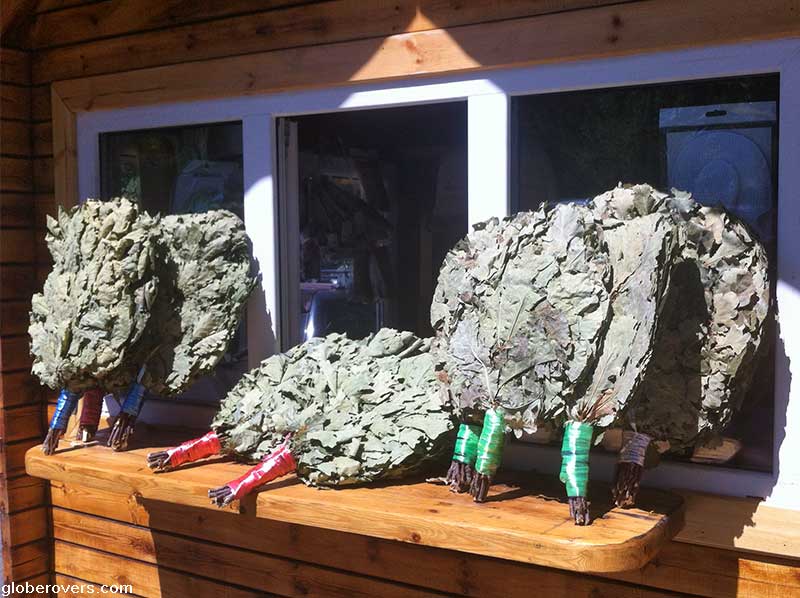
The Zailiyskiy Alatau Mountains
Almaty lies at an elevation of 700 m to 900 m (2,300 ft to 3,000 ft) located in a beautiful setting at the foothills of the Zailiyskiy Alatau mountainous range which is part of the northern Tian Shan mountains of Kazakhstan, Kyrgyzstan, and western China.
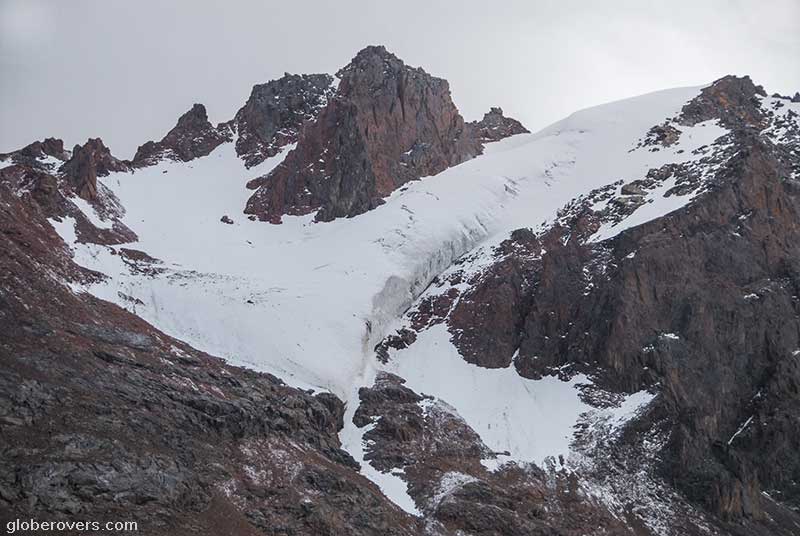
The highest peak in the area (Talgar Peak) towers at 4,973 m (16,300 ft) above sea level and is just to the southeast of Almaty. This is a tectonically active area so there is always a possibility of earthquakes and mudslides. A massive earthquake in 1911, known as the “Kebin earthquake” destroyed more than 770 buildings, which was almost all of the city at that time.
The Zailiyskiy Alatau mountains offer incredible scenery, complete with glaciers.
A 25 km (15 mi) drive, or public bus ride, outside Almaty on the road to Chimbulak is the massive Medeu Ice-skating stadium. In winter this is a popular attraction and don’t be surprised to come across Olympians practising for the next Games.
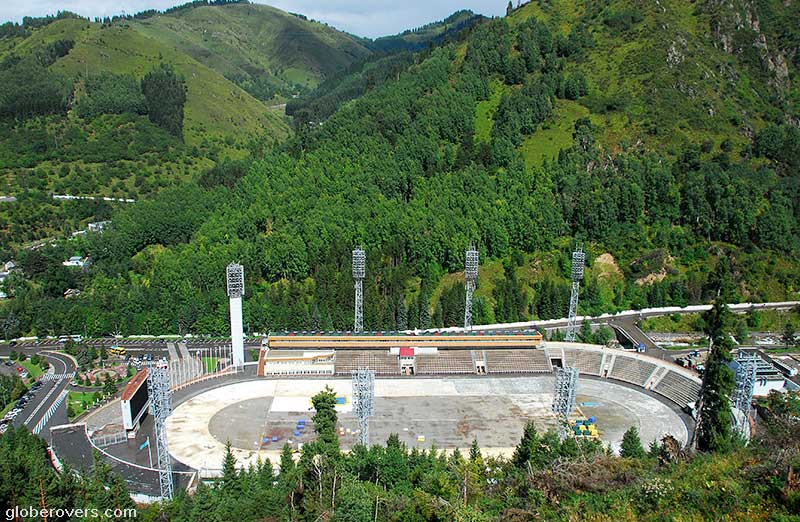
Just up the hill above the skating stadium is the Medeu mudflow control dam which stretches across the Medeu Valley. As much of downtown Almaty is built on the plains below the Malaya Almatinka River, the area is highly susceptible to the formation of massive mudflows.
After several catastrophic mudflows in the recent past, the control dam was completed in 1972. This was just in time for the potentially catastrophic mudflow of July 15, 1973.
Board one of the world’s longest cable car rides up to Talgar Pass high in the Zailiyskiy Alatau mountains for a stunning view of the surrounding areas.
As you board the cable car near the ice stadium, you will travel high over the dam as you head higher and higher into the Shymbulak Ski Resort area. At the mid-station (2,850 m / 9,350 ft) change to another cable car and again another car until you reach Talgar Pass, the highest point of the ski resort at 3,180 m (10,430 ft) above sea level. The total length of the lifts is 4.5 km (2.8 mi), which ranks as one of the world’s longest cable car rides. The vertical rise from the bottom station to the top station is 920 m (3,020 ft).
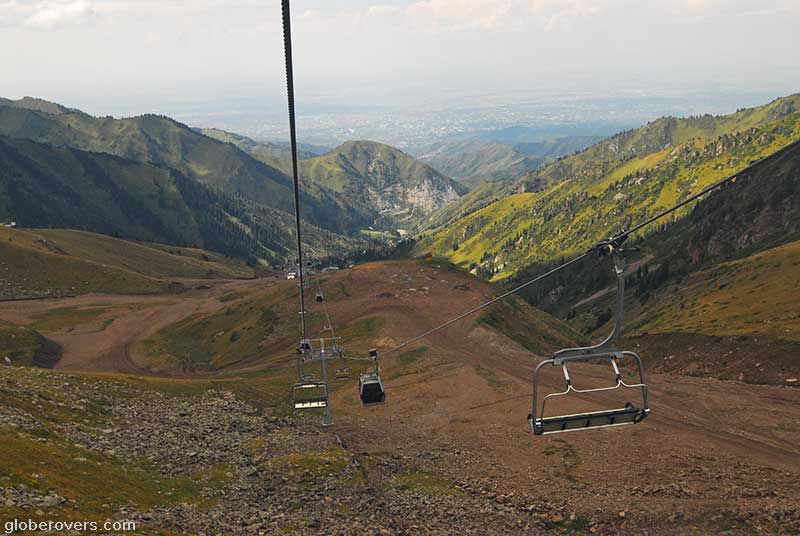
From here the majestic mountains with either snowy slopes or evergreen Tien Shan fir trees are spectacular and must be experienced. A short but difficult hike further up from the top station takes you past an impressive glacier which is only visible in the summer. If you continue climbing you should be able to see the large endorheic Issyk Kul Lake in Kyrgyzstan in a southerly direction. It is a huge lake and by volume of water, it is the second-largest saline lake after the Caspian Sea. Enjoy the panoramas and fresh mountain air.
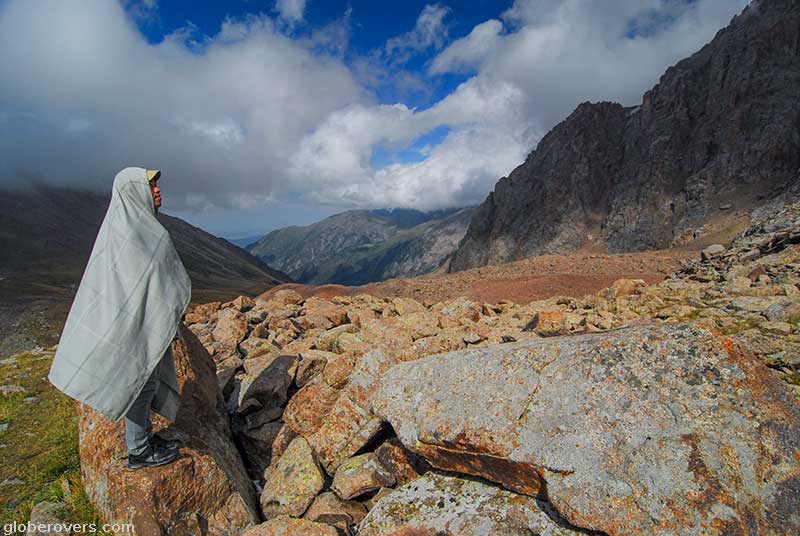
Essential Information
Getting There
Many airlines, including those from Europe, fly into the Almaty International Airport. Air Astana flies to several destinations. By land, it is easy to cross the border from Bishkek in Kyrgyzstan from where minibuses and shared taxis regularly run this route to Almaty.
When to Go
Winters are cold and very snowy which will make travel more difficult. Spring and autumn are the best times.
Getting Around
Almaty has an efficient public transportation system and it is easy to get to the mountains by public bus.
Where to Stay
Almaty has a wide variety of hotels which can be booked online.
Cost of Travel
Kazakhstan, and in particular Almaty, is generally the most expensive place to travel in Central Asia. Even so, it is considerably cheaper than most of Western Europe or North America.
☛ Read more: Travelling around Central Asia
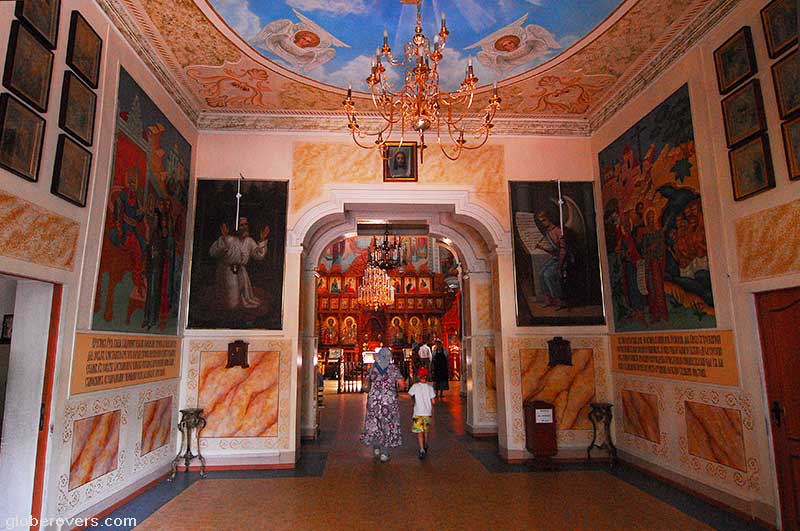
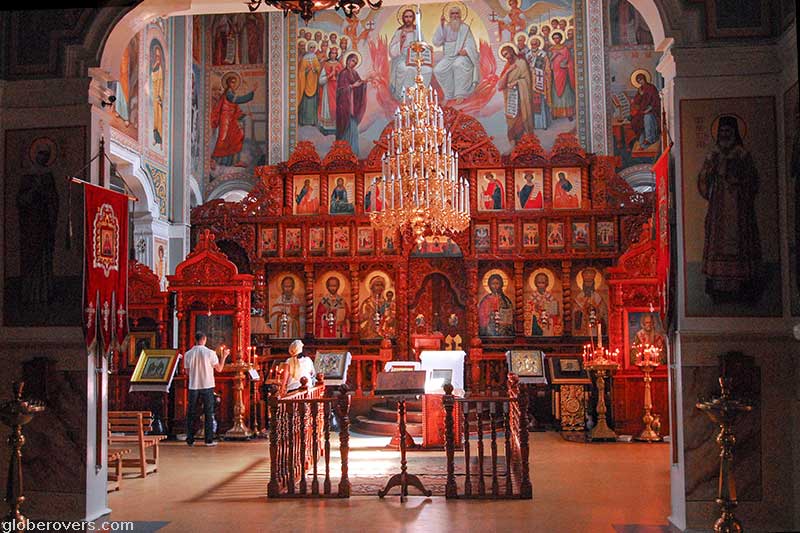


Further reading
- 10 reasons why Kazakhstan should be on your travel wishlist for 2018
- How to plan an outstanding trip to Kazakhstan
- GlobeRovers posts about Central Asia

Blog post and photos by Peter who has been travelling almost full-time since 2005 and has been to over 122 countries. He visited several countries, such as Japan, more than 20 times. Peter is Editor-in-Chief and Publisher of GlobeRovers Magazine, an independent travel magazine focused on intrepid destinations.
